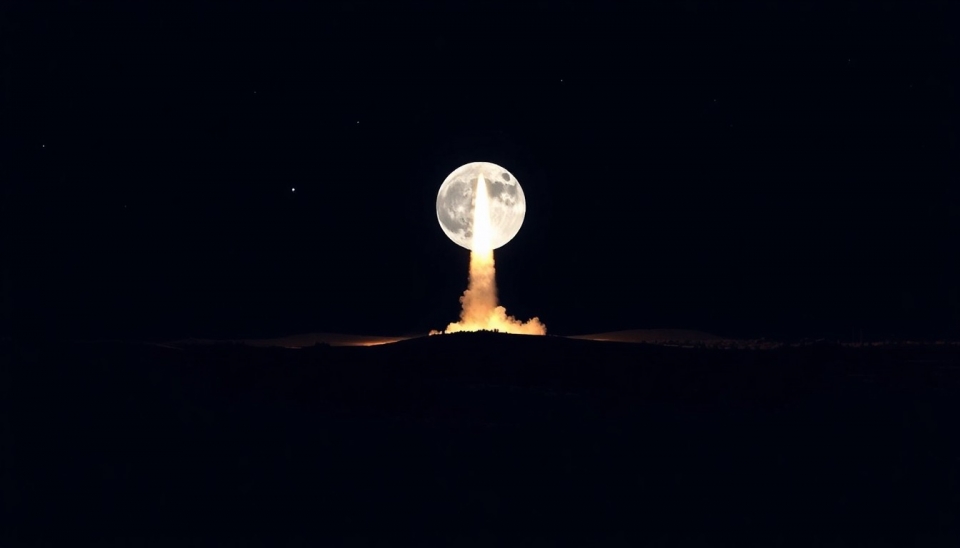
As the political landscape heats up ahead of the next elections, former President Donald Trump is setting forth his plans for the National Oceanic and Atmospheric Administration (NOAA). During a recent event, Trump outlined his vision for transforming NOAA into a pivotal entity for weather monitoring, climate research, and environmental stewardship.
Trump emphasized the necessity of modernizing the agency's operations to better serve American interests. He aims to provide NOAA with enhanced technological resources, which he believes will improve weather forecasting accuracy and allow for more effective responses to climate-related challenges. His focus is not just on the prevention of disasters but also on maximizing economic opportunities in sectors such as agriculture and commercial fishing that heavily rely on accurate weather data.
One of the cornerstones of Trump's plan involves increasing funding for NOAA's technological infrastructure. He has proposed substantial investments in satellite systems and radar technology to elevate the agency's capabilities in real-time data gathering and environmental monitoring. This initiative seeks to bolster the federal government's role in climate resilience and disaster preparedness, potentially saving lives and reducing economic losses from extreme weather events.
Furthermore, Trump aims to recalibrate NOAA's mission to ensure that it reflects his administration's policies on climate science. He has been vocal about his skepticism regarding prevailing climate narratives and appears determined to foster a new approach towards climate change research and communication. This includes potentially reassessing how NOAA disseminates climate-related information and adjusting scientific messaging to align with his vision.
Trump's approach has generated mixed reactions within the scientific community. Supporters argue that a shift towards more pragmatic policies could pave the way for innovation and responsiveness to changing climatic conditions, while critics warn against the potential undermining of scientific integrity and data independence.
This strategic announcement by Trump is just one of many moves as he aims to solidify his standing among supporters who prioritize national resilience against climate impacts. His proposals for NOAA indicate a broader agenda to ensure that America's environmental policies align with economic growth and technological advancement.
As the next election cycle approaches, the articulation of such specific policy proposals will likely play a crucial role in shaping voter opinions about the former president. His stance on agencies like NOAA may significantly influence discussions around infrastructure, natural disaster management, and climate policy during campaign seasons.
Ultimately, Trump's plans for NOAA could mark a significant pivot in U.S. public policy regarding the environment, and how the next administration will interpret or implement these concepts remains to be seen.
As speculation continues around candidate platforms and potential administrative priorities, NOAA stands at the forefront of this evolving narrative, which could redefine its mission and operations in light of contemporary challenges. Stakeholders across federal, state, and local levels will be watching closely as the discussions unfold.
<#>NOAA #Trump2024 #ClimateStrategy #WeatherForecasting #EnvironmentalPolicy #Innovation #DisasterPreparedness #ClimateChange #EconomicGrowth #PoliticalNews #Election2024
Author: John Miller




